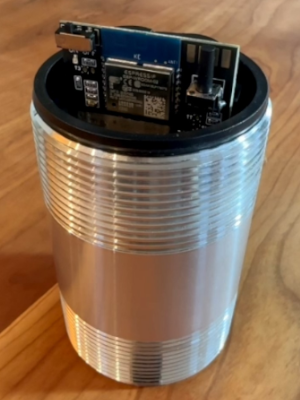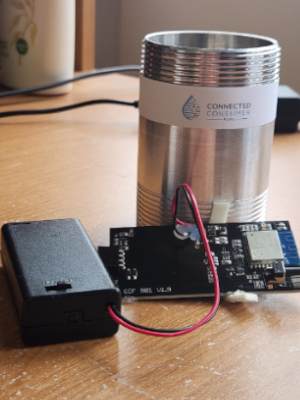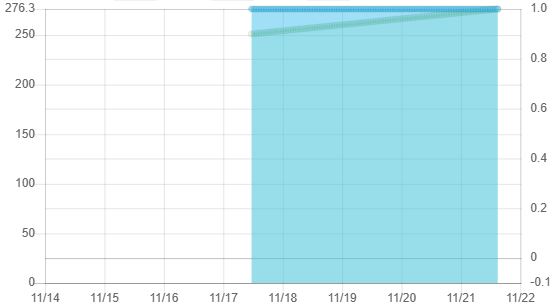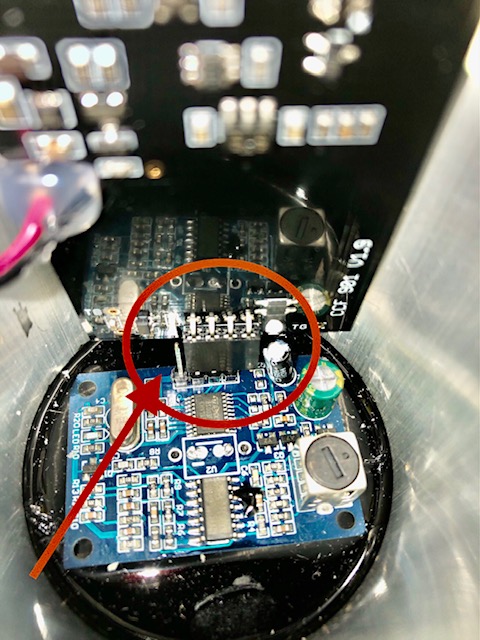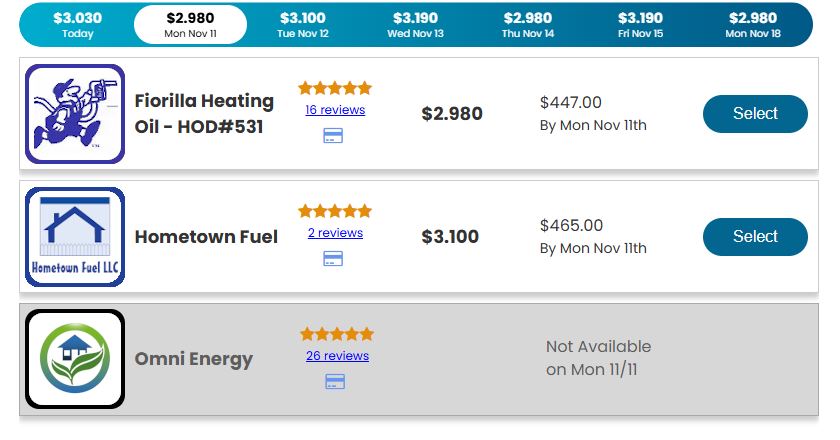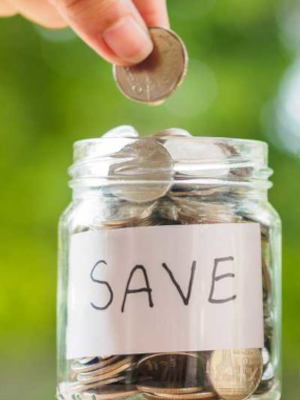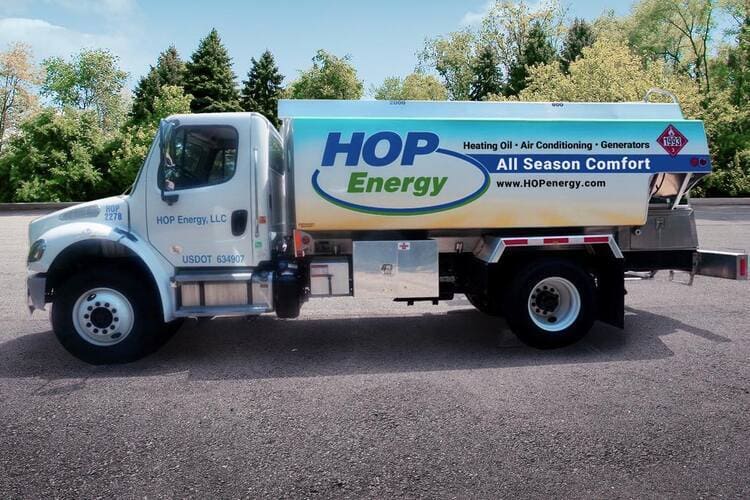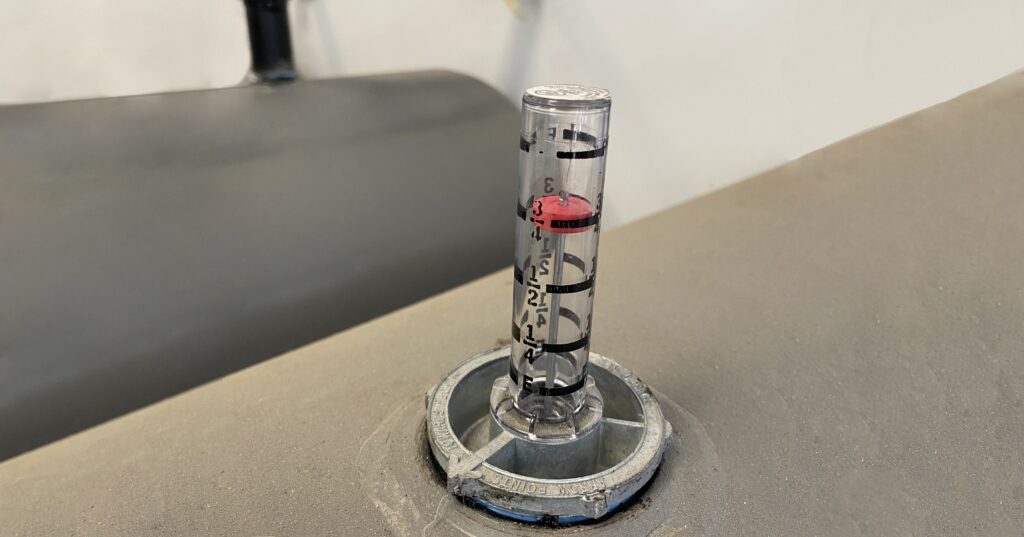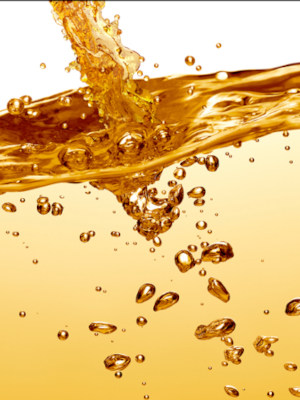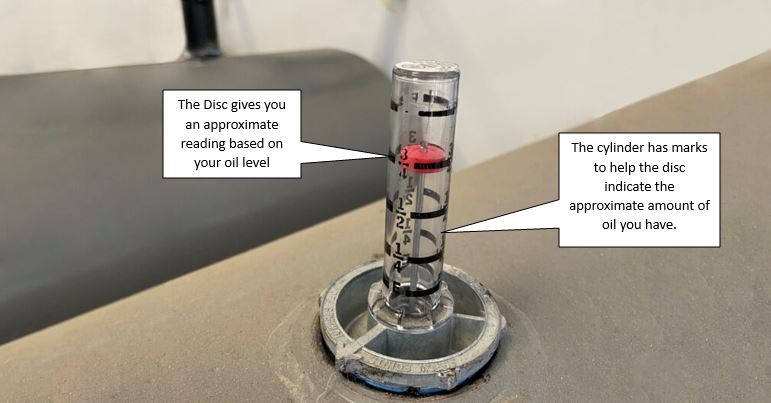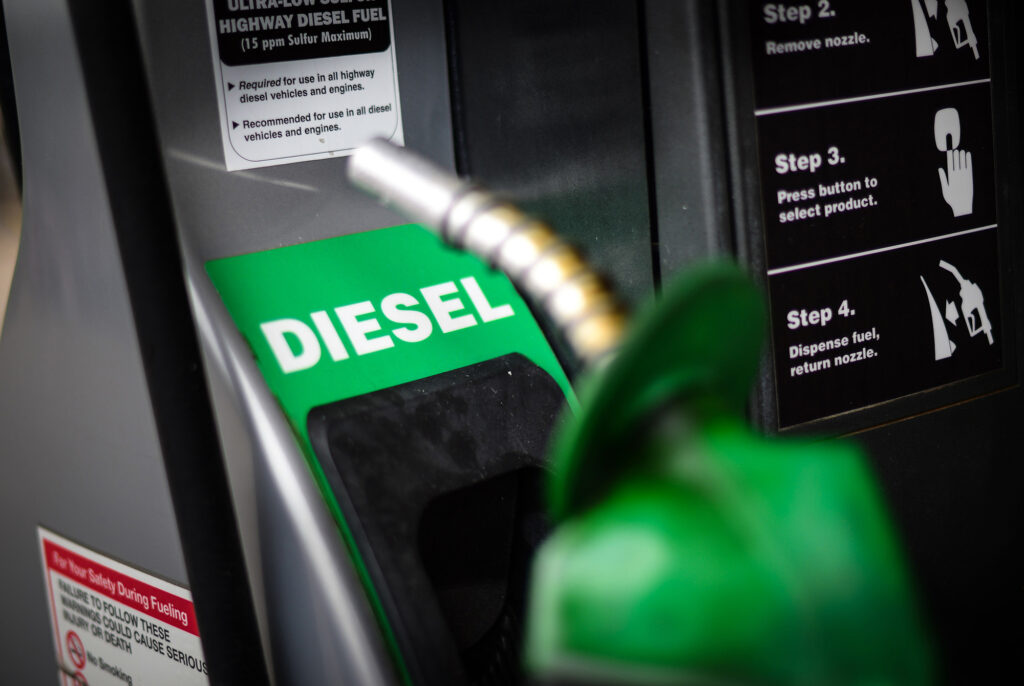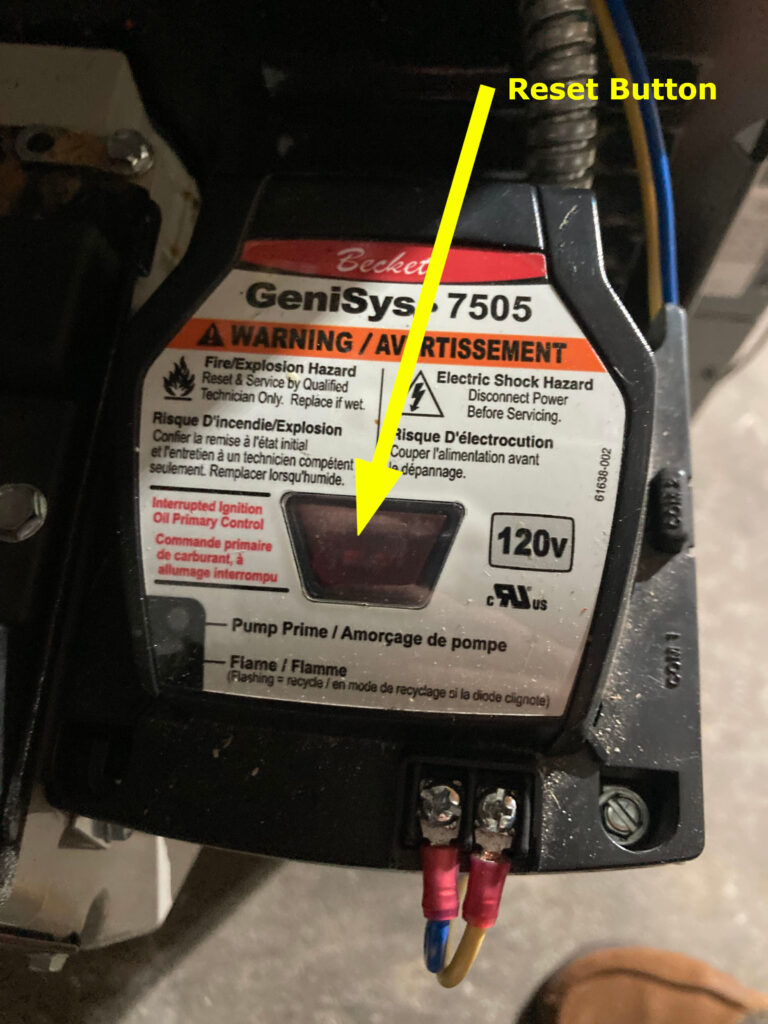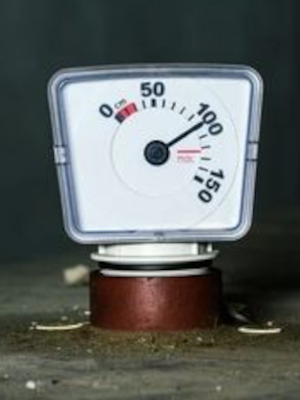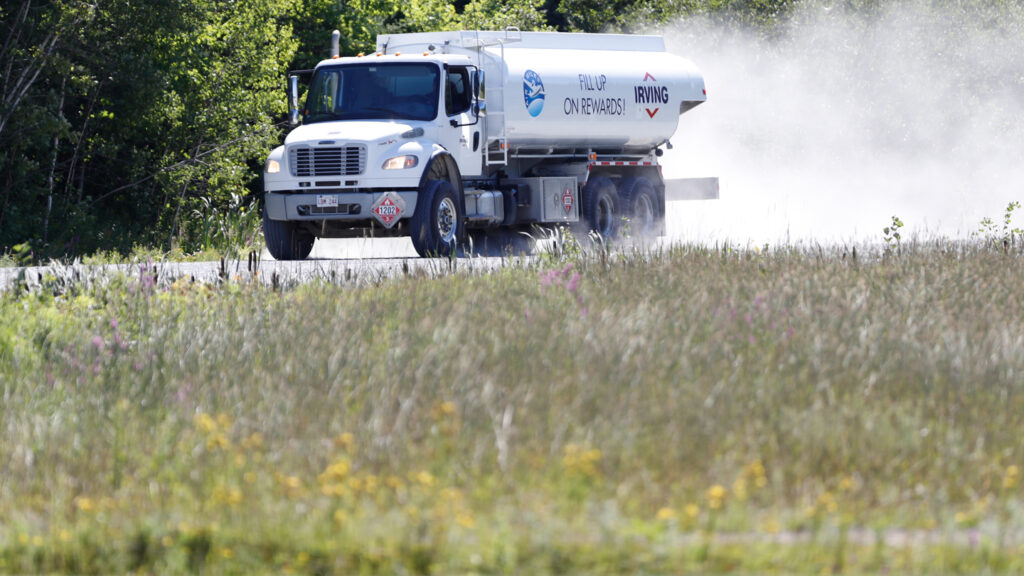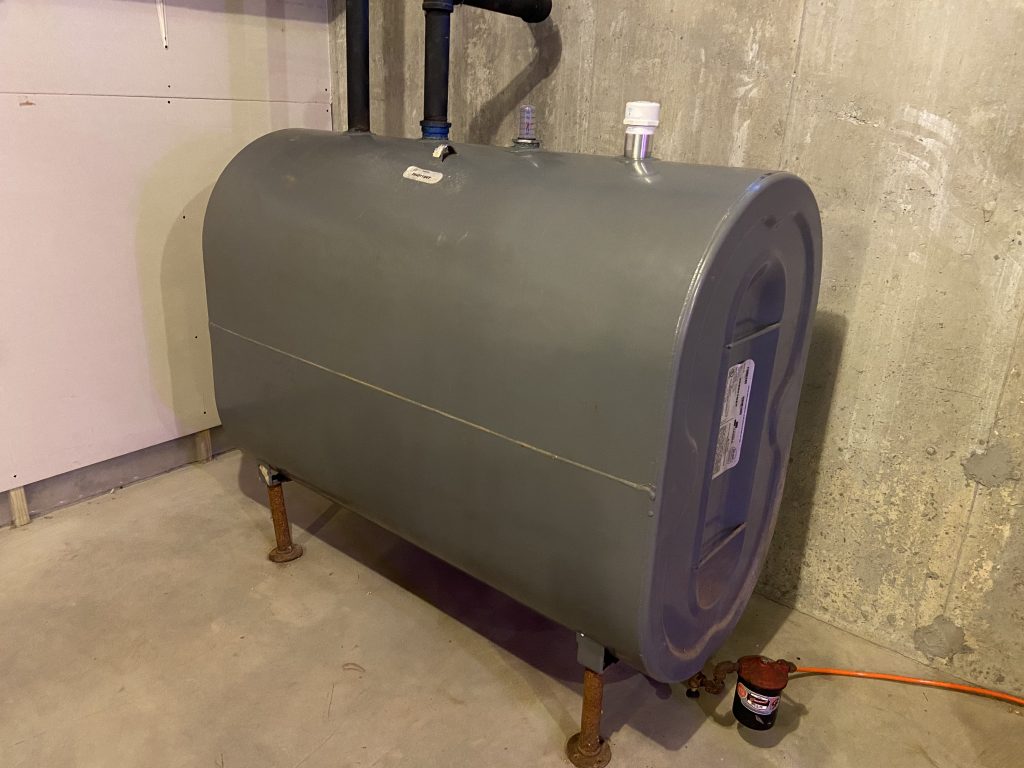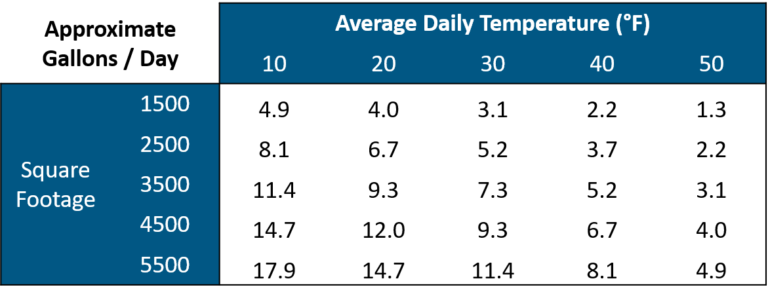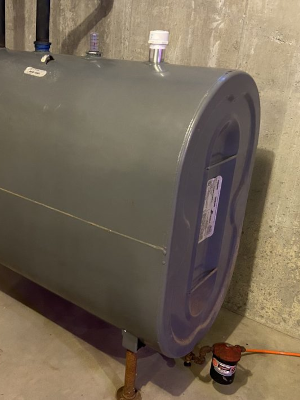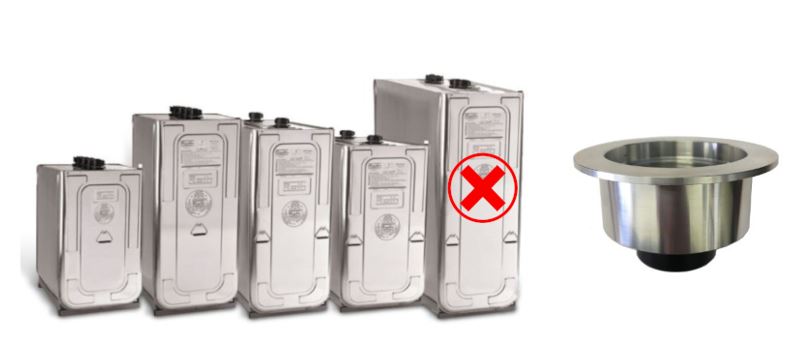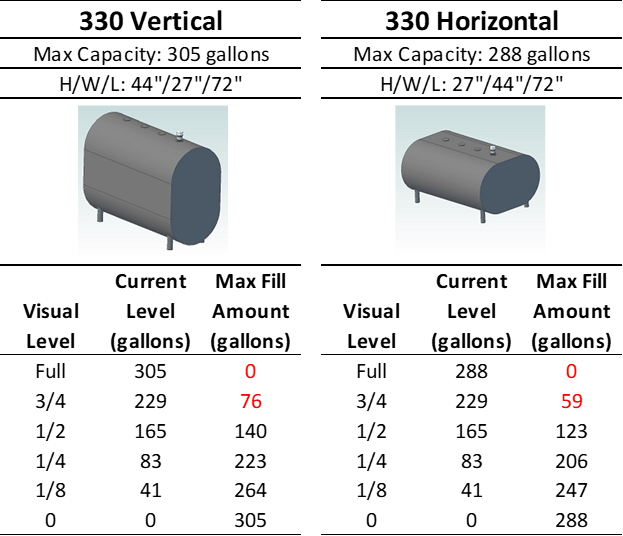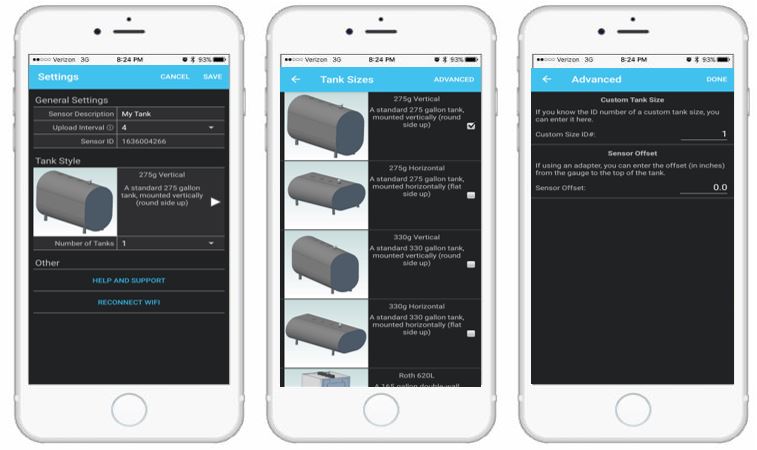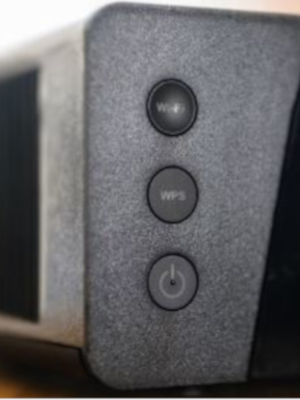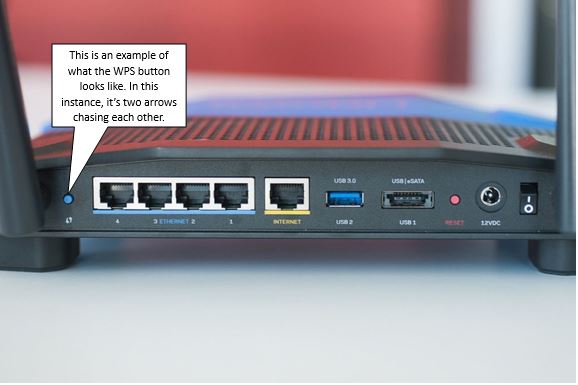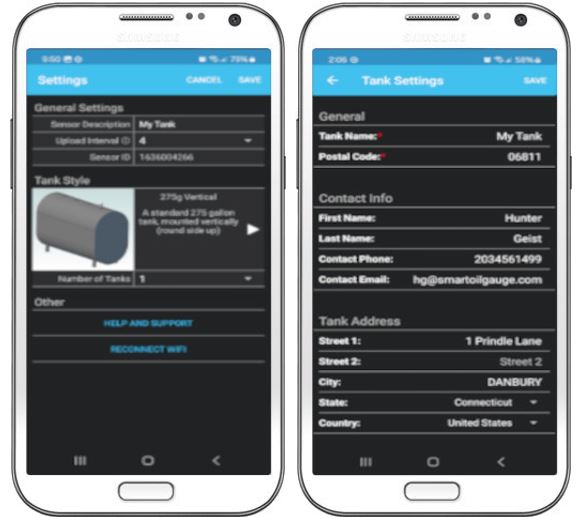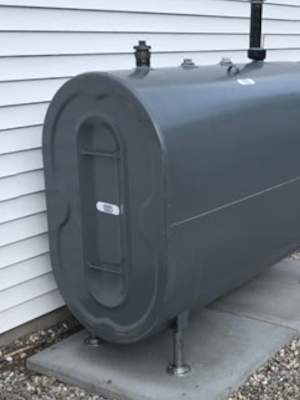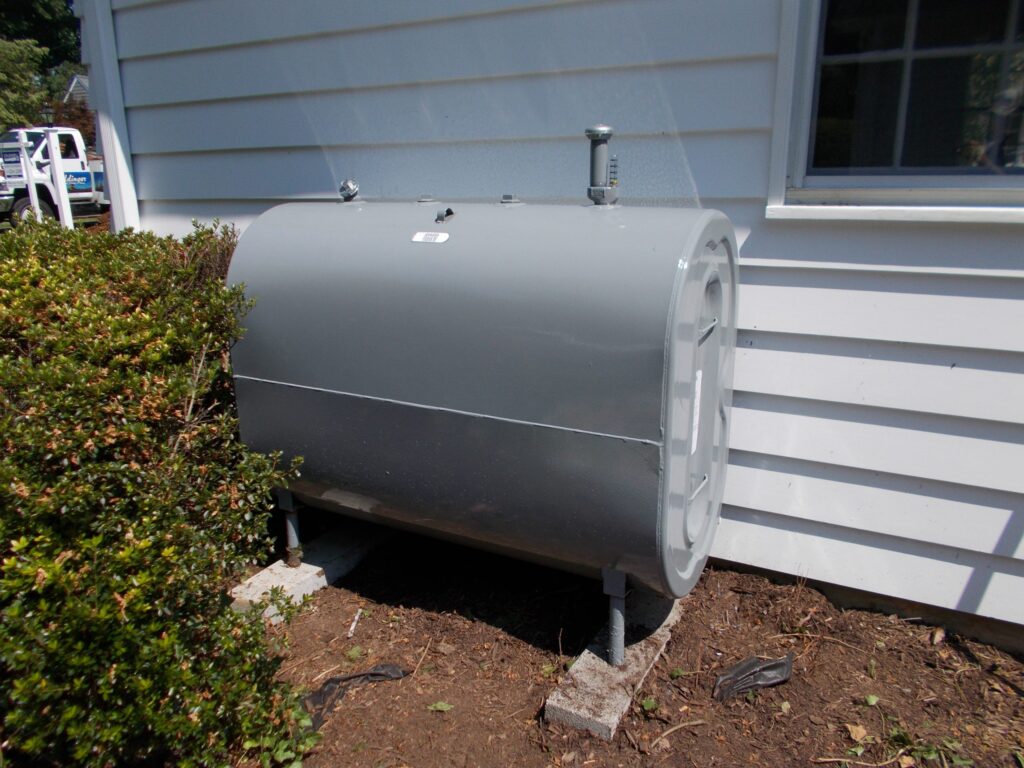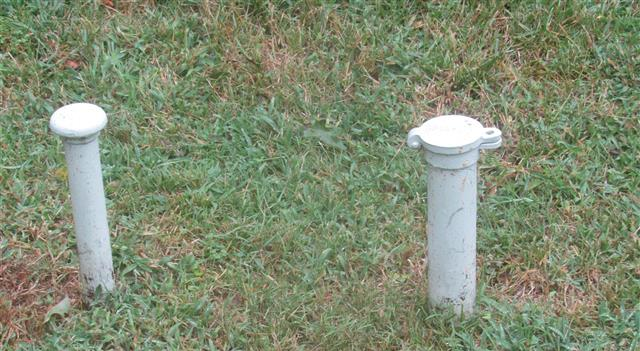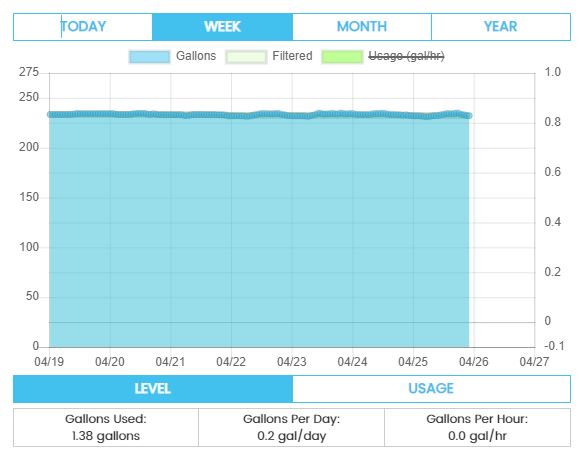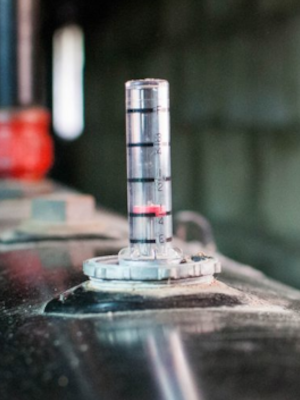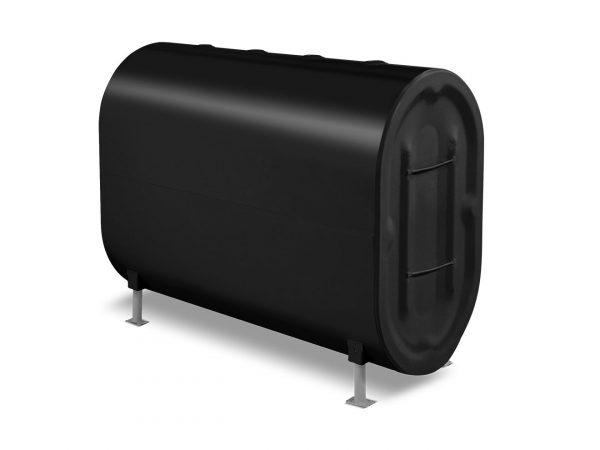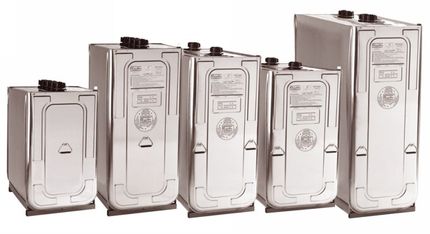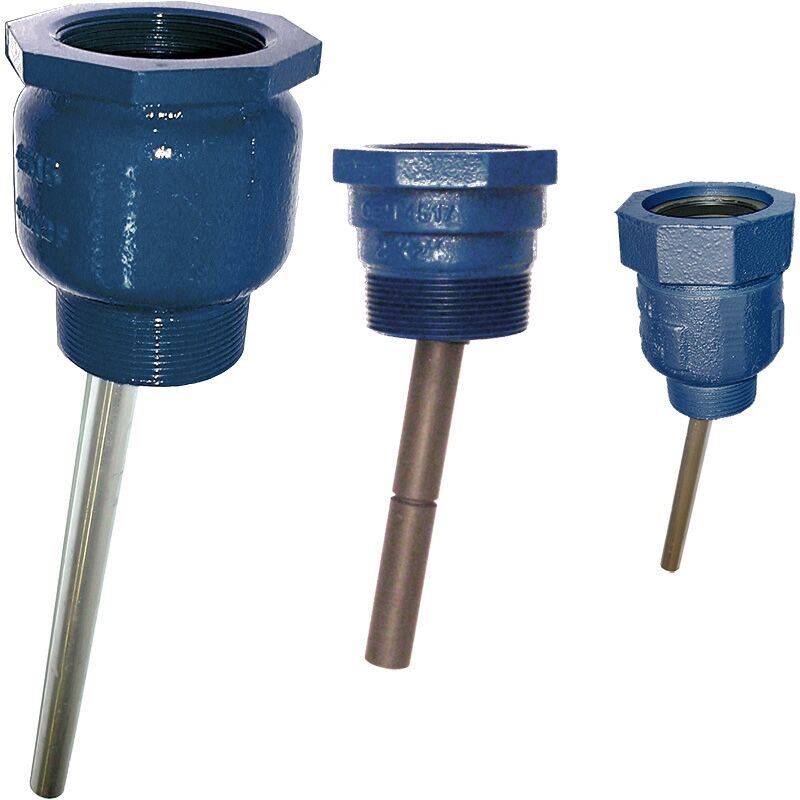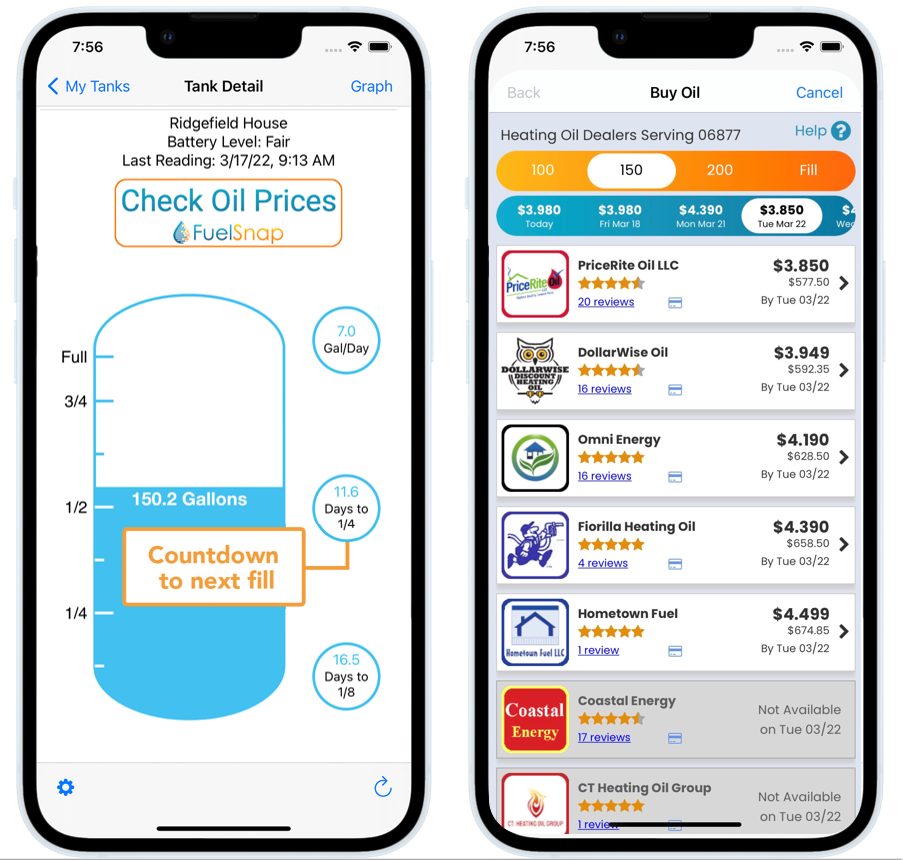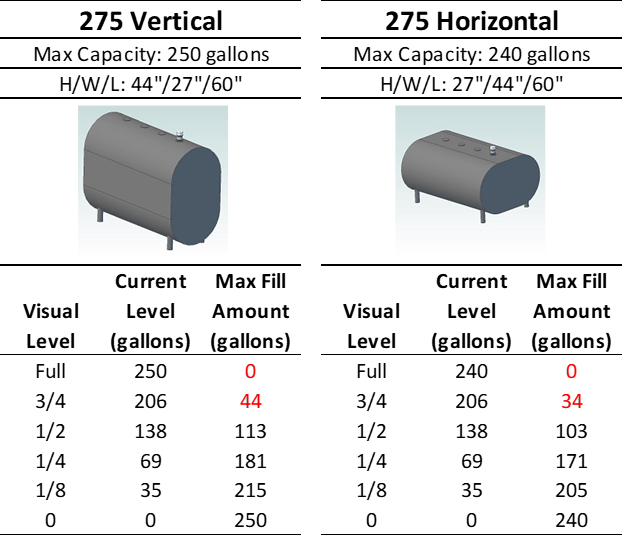We’ve recently updated the Smart Oil Gauge app with a new and improved configuration process! This process helps streamline the process of configuring your Smart Oil Gauge with a process that’s much more in-depth and easy to follow! In this blog post, I’ll be covering what it is, how to do it and much more!
Updating to the Most Recent Version
Updating to the most recent app version is important to ensure that you’re able to go through the process in the easiest and simplest way. The way you update your applications is a little different depending on whether or not you’re on an IOS or Android device. But they are both easy to do.
On Android devices, you can simply open up the Google Play Store and search for “Smart Oil Gauge”. You can do this by selecting the magnifying glass on the bottom hot bar of the app store. It will be in the middle of “Apps” and “Offers”. After you’ve typed in Smart Oil Gauge into the search, you’ll be prompted with our app! It looks like a blue and black water droplet with a white background. You can tell if the app itself is on the most recent version if the app says “Open” from the app store. Otherwise, it will say “Update”.
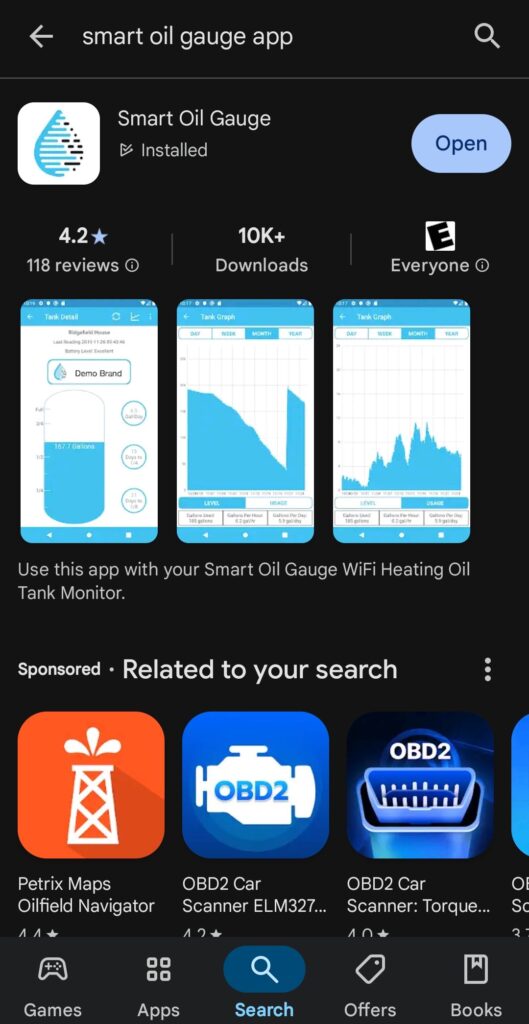
On IOS devices (IPhones & IPads), you can open up the apple app store and click on your profile on the top right. If you scroll down in this section, you’ll see what apps you have installed that will need to be updated. From here, you can see if the Smart Oil Gauge app is listed there. If it isn’t, then go ahead and open the app! Otherwise, you’ll have to update the app!
Starting the Process
If you’re a new user and you’ve just made a fresh account, the app will take you to a screen that says “My Tanks”. If you don’t have your Smart Oil Gauge setup yet, you’ll see that it says “No Tanks Yet”. This is perfectly fine! What you’ll need to do from here is click the wrench/gear icon on the top right of this screen. It will then take you to a screen that says “Tools” and “Account Settings”. But you’ll notice that in the middle it says “Connect Sensor”. You’ll want to click on that to start the process!
Upon selecting “Connect Sensor” it’ll take you to a screen that asks you to have your WIFI password handy as well as having physical access to the sensor. It’s easiest to do this process with the gauge off of the tank. I recommend starting this process before installation. This will make the overall process more comfortable and easy to do!
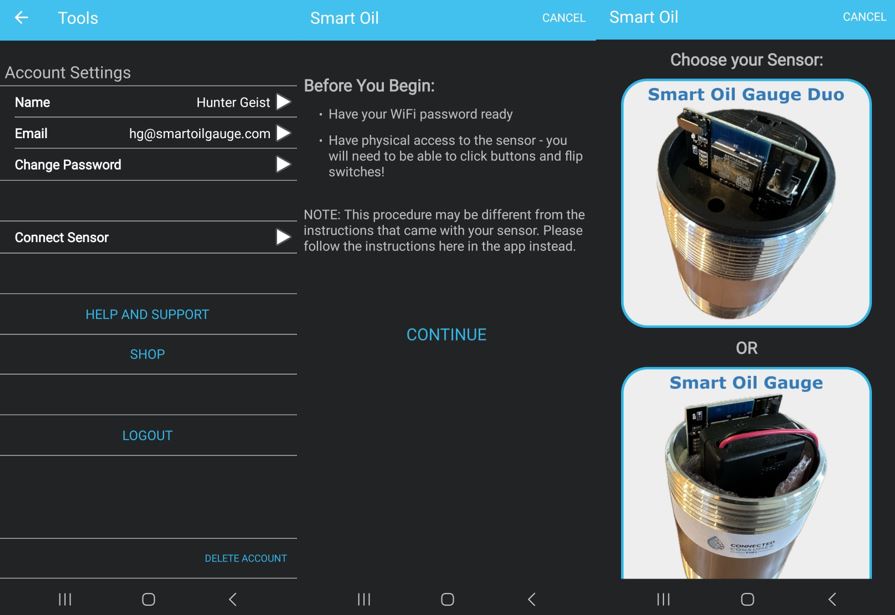
After having your information ready, you’ll be prompted to select a Sensor. One being the Smart Oil Gauge Duo and the other being the Standard Smart Oil Gauge. The process is the same on both devices, but they look slightly different which makes selecting the correct gauge important for an easy and smooth configuration process!
Entering Configuration Mode
After selecting your sensor, the app will prompt you to turn off the device. This will help you come to ensure that you are starting from scratch and make sure that you are following the steps in the app correctly! After you turn the gauge off and follow the video displayed on the app, the next step requested is to turn the gauge on. After doing this, you’ll be prompted with an option asking if the light flashed or not. The LED light flashing indicates that the gauge is on and receiving power.
If the light on the gauge flashes, then you’ll have to select “Yes, the Light Flashed” and it will take you to another screen where it will prompt you to type in the password for the network that your phone is connected to. Now, if you want the gauge connected to a different WIFI network, you can select “Choose a Different WIFI Network”.
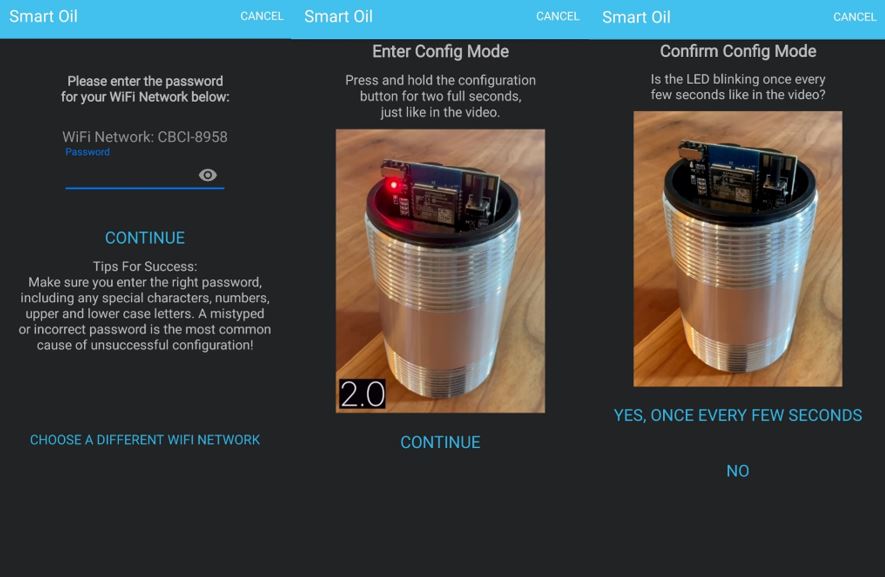
After typing in your password or selecting the Different network option, the app will now instruct you to get the gauge into the config mode. Getting the gauge into the configuration mode is very simple. Simply push and hold the button on the gauge down, once for two seconds (one-one thousand, two-one thousand). This will cause the gauge to start blinking once per second. The app will show you a video of how the light should be flashing on your gauge. There will be another prompt that will ask you if the light on the gauge is blinking once per second. If it is blinking, select “Yes, once every few seconds”. Otherwise, select “No” and the app will guide you through various ways to troubleshoot.
Connecting the Gauge to Your WIFI
After you select “Yes, once every few seconds”, you will get a prompt and menu show up that says “Beginning Configuration Process” and the device will begin attempting to connect the gauge to the WIFI. You will see an option pop up that shows a network that says “CCF######”. That is the gauge’s network that it will need to connect to for the device to make a stable connection to your router.
After completing the configuration process, the app will present you with a set of options to finish setting up the gauge to your account. This includes address, tank size, upload interval and alerts. You’ll need to be sure that you fill out this information. Filling out the address is optional, as it’s mostly used for ordering oil through the Smart Oil Gauge app. However, if you don’t want to order oil through the app you don’t have to! It’s completley optional!
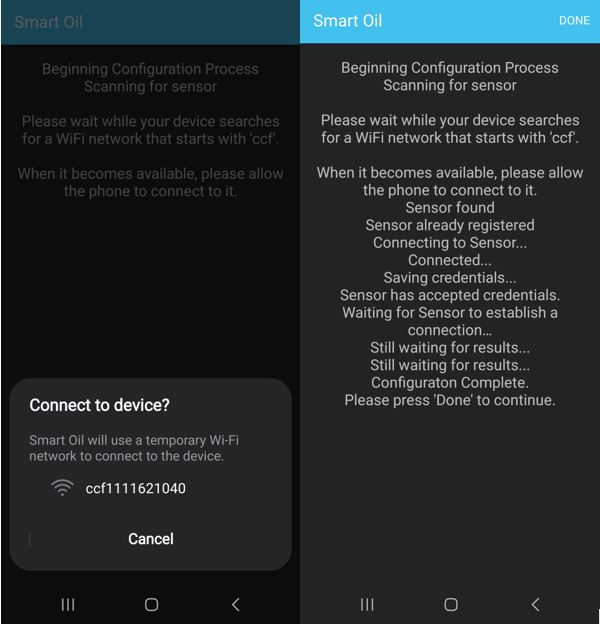
Once you’ve filled out the rest of the configuration information, you’ll be all set to go and install the gauge onto the tank! If you are unsure how to install the gauge, you can follow our instructions here. You can also watch our detailed installation videos on YouTube! We have installation processes for both Roth and Granby style tanks!
Conclusion
The new and improved Smart Oil Gauge config mode will be incredibly helpful for getting your device online and setup! While this process helps streamline the initial setup process, it helps with reconnecting the gauge to the WIFI if you have a change to your home network!
However, even though this new process is much simpler to do, we’re still happy to help if you’re confused! If you need help setting the gauge, you can give our support line a call! We can be reached at 203-456-1499 option 3 from 8am-5pm EST, Monday through Friday.
I hope you enjoy your Smart Oil Gauge!
Happy Heating,
Hunter

